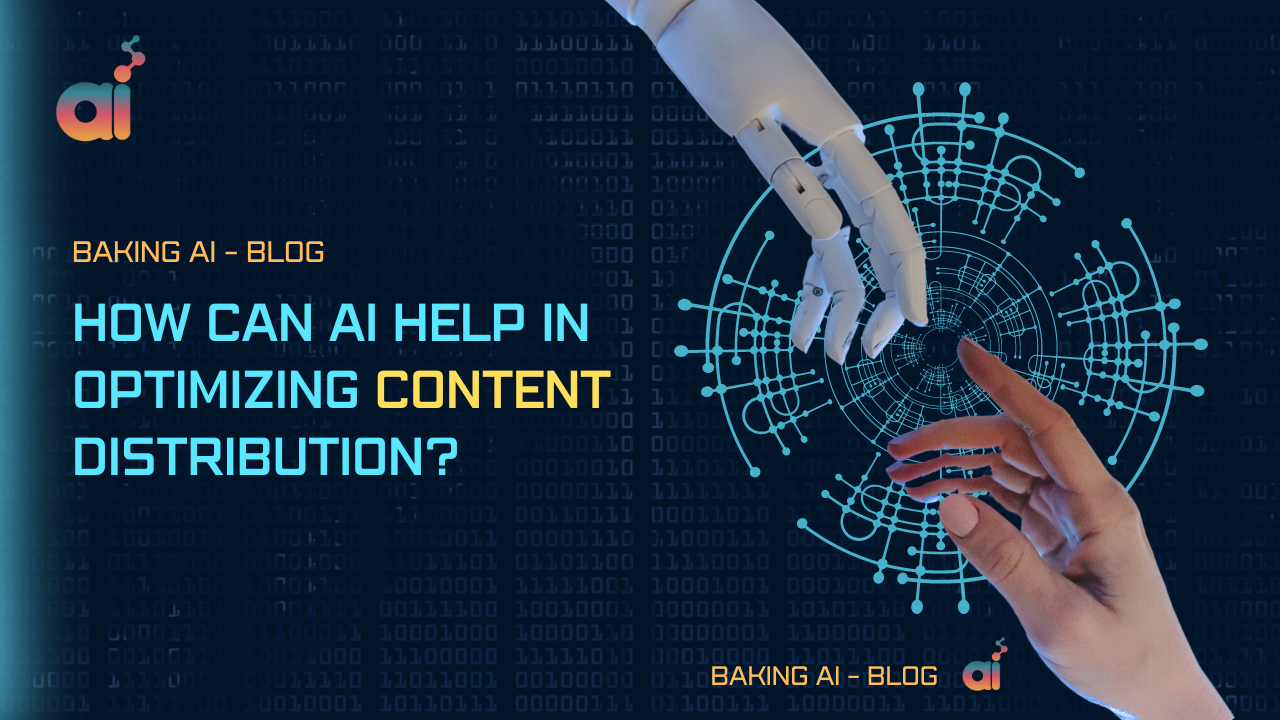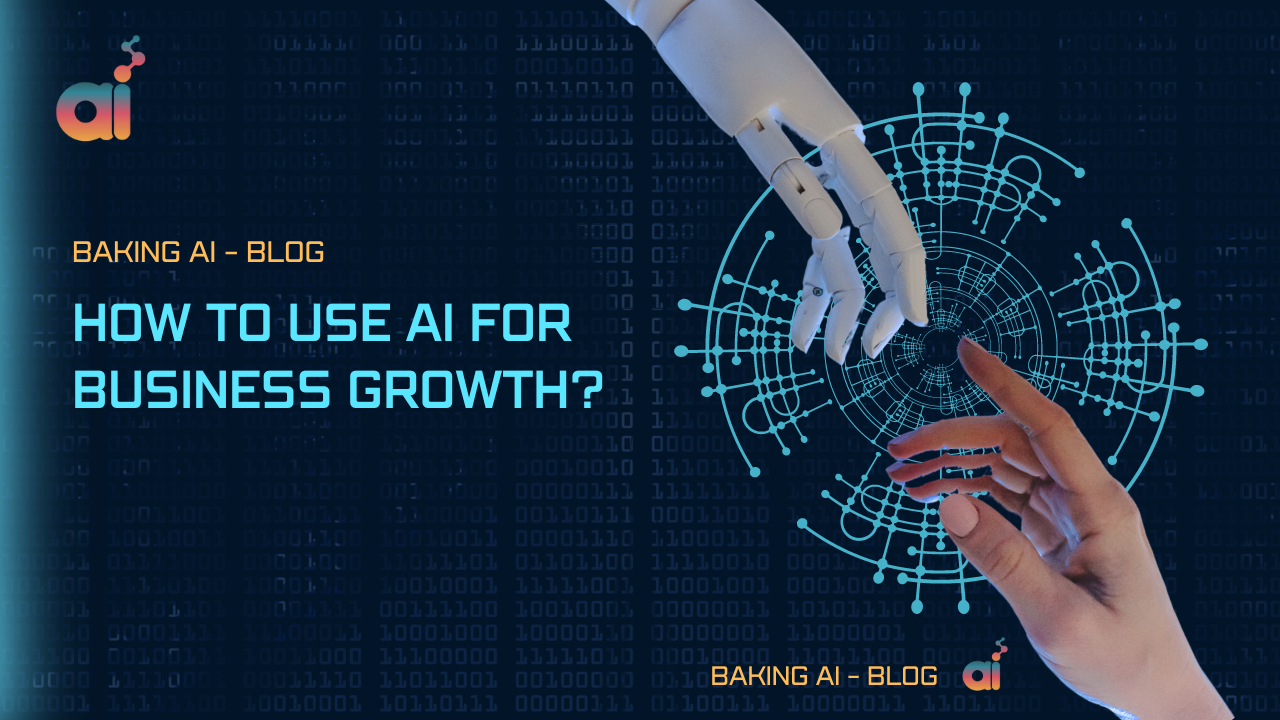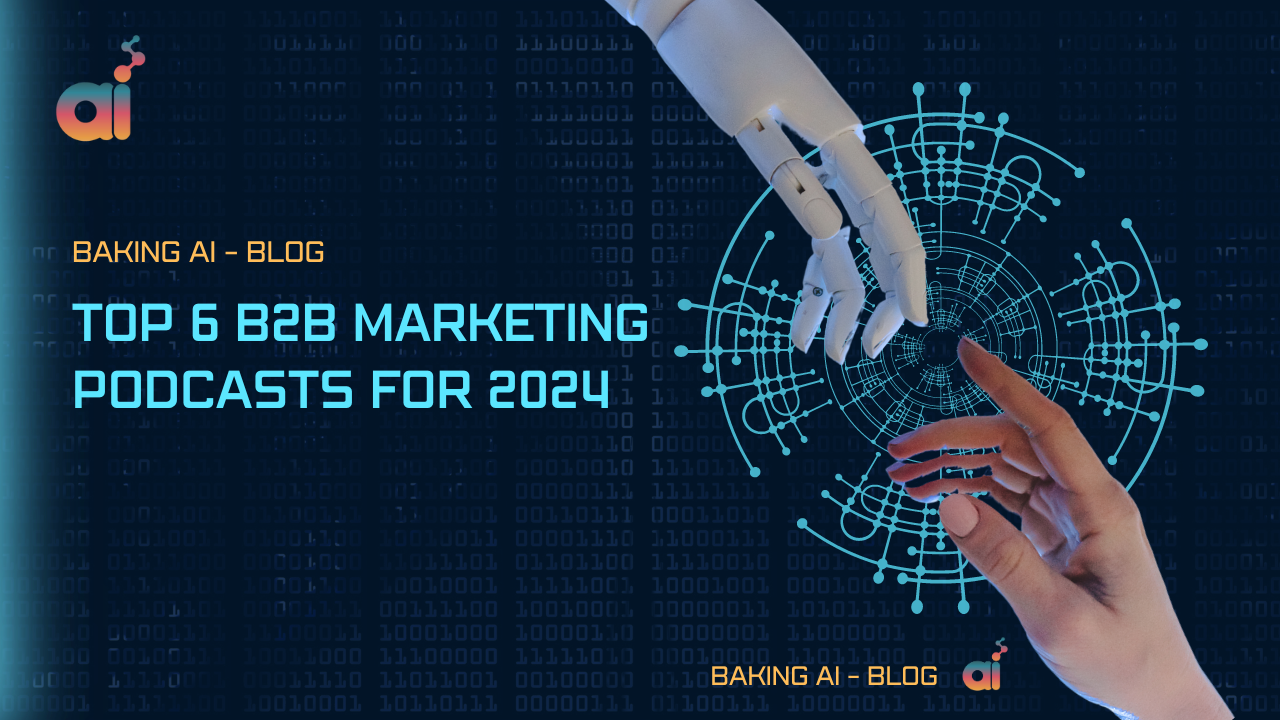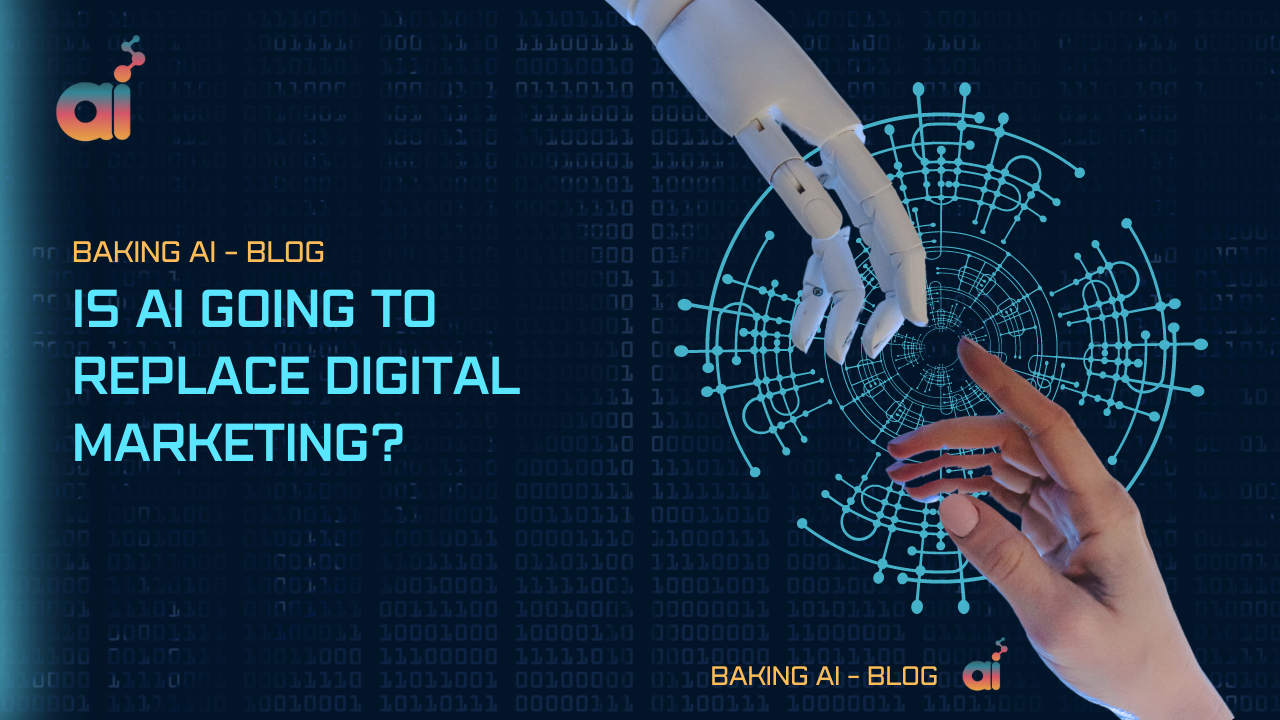Are you investing in AI but struggling to see a real payback? You’re not alone. Many companies get caught in the hype cycle but fail to translate AI into tangible business benefits. But what if you could unlock AI’s true profit potential?
Artificial intelligence (AI) has the potential to revolutionize businesses, but many companies are struggling to see a return on investment (ROI) from their AI projects. This article will discuss the challenges of measuring ROI from AI and outline three key strategies that can help businesses improve their AI ROI.
The Challenges of Measuring ROI from AI
Measuring the return on investment (ROI) for AI initiatives is crucial for organizations to assess the effectiveness of their investments. Let’s explore some strategies and key considerations:
Hard ROI vs. Soft ROI:
- Hard ROI: It focuses on direct financial gains or cost savings from AI implementation. Examples include time savings, productivity increases, and reduced operational costs.
- Soft ROI: A broader set of benefits, including employee satisfaction, brand enhancement, and higher company valuation. Soft ROI considers factors beyond immediate financial gains.
Sources of Hard ROI in AI:
- Time Savings: AI automates repetitive tasks, reducing processing time (e.g., invoice processing).
- Productivity Increase: Assisted intelligence enhances decision-making and improves employee productivity (e.g., anti-money laundering compliance).
- Cost Savings: Reduced labor costs due to time and productivity gains (e.g., reduced data entry operators).
Accounting for Time Value and Uncertainty:
- ROI calculations should consider both the time value of money invested and the uncertainty of benefits.
- Benefits may accrue at an unspecified future point, so account for timing uncertainties.
Control Costs:
- Use AI services InData Labs, 247.ai, Baking AI, and Data Forest to reduce expenses related to third-party products.
- Streamline workflows to save time and effort, leading to cost savings.
Prioritize Explainability and Trust:
- Model interpretability ensures transparency and trust.
- Incorporate ethical considerations to avoid bias and ensure fairness.
3 Strategies for Improving AI ROI
Despite the challenges, there are several things that businesses can do to improve their AI ROI. Here are three key strategies:
Track ROI from the beginning
What it means: Start measuring the impact of your AI project right from the start.
Why it matters: By tracking ROI early, you can identify what’s working well and where improvements are needed.
How to do it:
- Define clear goals: Understand what success looks like for your AI project.
- Measure outcomes: Quantify the benefits (e.g., time saved, cost reduction) as the project progresses.
- Adjust as needed: Use the data to make informed decisions and optimize your approach.
Control Costs:
What it means: Be mindful of how much you’re spending on AI initiatives.
Why it matters: Overspending can eat into your ROI.
How to do it:
- Scope projects carefully: Focus on high-impact areas and avoid unnecessary complexity.
- Use cost-effective tools: Consider cloud-based platforms that offer scalability without hefty upfront costs.
- Monitor expenses: Regularly review and adjust your budget as needed.
Focus on Mundane Tasks:
What it means: Apply AI to repetitive, time-consuming tasks.
Why it matters: Automating these tasks frees human resources for more strategic work.
How to do it:
- Identify bottlenecks: Look for tasks that take up much time but don’t require complex decision-making.
- Automate with AI: Use machine learning or robotic process automation to handle these tasks efficiently.
- Empower employees: Allow them to focus on creative, value-added work.
Remember, improving AI ROI involves a mix of smart tracking, cost control, and strategic focus. By implementing these strategies, you’ll be on your way to maximizing the value of your AI investments!
How do I know if my AI project is successful?
Organizations should properly establish KPIs to measure the success of AI projects, improve their efficiency, and enable them to improve society.
Classic AI implementation, for starters, involves machine learning to establish basic models and algorithms and then architect training methods. After the training process, developers measure their training data against their predicted results to make modifications and reduce errors over time.
There are different types of models, but in all models, it is important to have a measurable output against a known input for training to be effective. Choosing the right tools for the job is equally important, with elements that replicate real-world scenarios as closely as possible.
Some key ways to determine if your AI project is successful:
Meeting Defined Goals:
- Clearly defined objectives: Success hinges on having well-defined goals at the project’s outset. These goals should be SMART — Specific, Measurable, Achievable, Relevant, and Time-bound. Did your AI solution address the problem you set out to solve?
- Metrics and Benchmarks: Establish quantifiable metrics relevant to your goals. Track these metrics throughout the project and compare them to pre-established benchmarks. Did your AI project achieve the targeted improvements in efficiency, accuracy, cost reduction, or other relevant factors?
Real-World Impact and ROI:
- Tangible Business Value: Beyond technical success, did your AI project positively impact the business? Did it increase revenue and cost savings, improve customer satisfaction, or enhance decision-making?
- Return on Investment (ROI): This metric is crucial for justifying future AI investments. Track costs associated with the project (development, data, infrastructure) and compare them to the measurable benefits it generates. Is the project generating a positive ROI compared to the initial investment?
User Satisfaction and Adoption:
- User Feedback: If your AI solution interacts with users, gather their feedback through surveys, interviews, or focus groups. Are users finding the AI helpful, easy to use, and reliable?
- User Adoption: Is your AI solution actively used by its intended audience? High user adoption indicates that the AI is valuable and provides a positive user experience.
Long-Term Sustainability:
- Scalability and Adaptability: Consider if your AI solution can be scaled to handle increased demand or adapted to changing needs. A successful project should be designed for long-term use and value generation.
- Maintainability and Explainability: Can your AI project be easily maintained and updated as needed? Is the AI’s decision-making process transparent enough to be understood and trusted by users? A successful project prioritizes ongoing maintenance and interpretability.
Remember, success isn’t always a binary outcome. Even if some goals aren’t fully met, the learnings gained can inform future AI endeavors.
Hungry for Results? Get a Slice of ROI with Baking AI.
We’re your one-stop shop for all things AI.
Turn your data into delicious success stories. From targeted marketing campaigns to streamlined operations, Baking AI helps you achieve measurable Return on AI (ROAI) across diverse use cases.
Join our 50+ satisfied customers and see the results for yourself!











